The bedroom, envisioned as a sanctuary for rest and rejuvenation, often harbors unseen dangers. While obvious hazards like sharp objects are easily avoided, subtle threats can significantly impact your health. It's crucial to recognize and address these hidden risks to ensure a truly safe and restful environment.
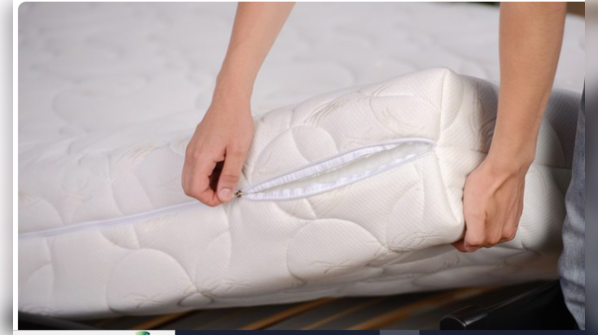
While your mattress might feel comfortable, its age could be detrimental to your health. Mattresses older than 7-8 years accumulate sweat, dead skin cells, dust mites, mold, and bacteria. Regular cleaning is insufficient to combat this build-up.
This creates a toxic environment, especially harmful for seniors with weakened immune systems. Studies reveal that old mattresses release harmful chemicals and allergens, leading to skin rashes, respiratory problems, and aggravated allergies.
Solution: Replace your mattress every 7-10 years. Opt for mattresses made with non-toxic materials like organic latex or memory foam. Use a waterproof mattress protector and vacuum regularly.

Pillows and bedding are breeding grounds for dust mites, microscopic creatures feeding on dead skin. These mites trigger allergies, asthma, and skin irritation. Prolonged exposure can lead to respiratory problems and potential lung issues. Old pillows are especially susceptible to dust mite accumulation, sweat, and allergens.
Solution: Wash bedding weekly in hot water to eliminate dust mites. Replace pillows every 1-2 years and use hypoallergenic pillowcases.
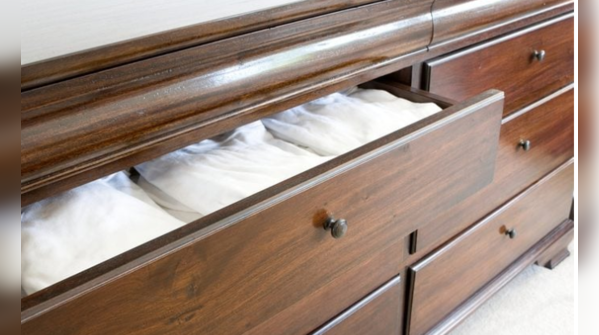
Many rely on air fresheners to create a pleasant bedroom atmosphere. However, these products often contain phthalates, harmful chemicals linked to hormonal disruptions and reproductive harm. Regular use of synthetic air fresheners can worsen indoor air quality, trigger migraines, and exacerbate allergies.
Solution: Avoid air fresheners entirely. Instead, ventilate the room by opening windows or use natural alternatives like essential oils.

Proximity to artificial light, particularly blue light emitted from digital clocks, smartphones, and LED bulbs, disrupts your sleep cycle. This light suppresses melatonin production, the hormone regulating sleep. This is especially harmful to older adults who are more sensitive to light at night. Sleep deprivation caused by artificial light increases the risk of heart disease, diabetes, and certain cancers.
Solution: Use blackout curtains to ensure darkness and opt for dim, warm-colored lights in the evening. Keep electronic devices away from your bed.

Mold thrives in damp environments and can remain undetected until health problems arise. Mold spores in the bedroom air can trigger asthma attacks, allergies, and respiratory infections. Exposure can be deadly for seniors and individuals with compromised immune systems, also worsening skin conditions and systemic inflammation.
Solution: Inspect for signs of mold, such as water stains, peeling paint, or musty odors. If mold is discovered, seek professional assistance for safe removal.
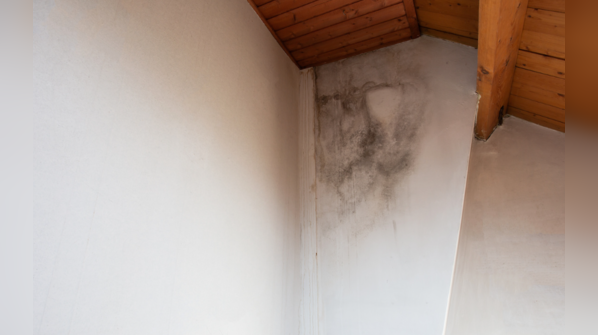
Newer articles
Older articles
 Bezos-Backed Methane-Tracking Satellite Mission Ends Abruptly After Loss of Contact
Bezos-Backed Methane-Tracking Satellite Mission Ends Abruptly After Loss of Contact
 Africa's Rift Valley: Mantle Upwelling Fuels Volcanic Activity, Foretelling New Ocean Birth
Africa's Rift Valley: Mantle Upwelling Fuels Volcanic Activity, Foretelling New Ocean Birth
 7 Proven Habits to Nail Your Next Job Interview: Project Confidence and Authenticity
7 Proven Habits to Nail Your Next Job Interview: Project Confidence and Authenticity
 Smith Targets Test Return After Innovative Baseball Cage Rehab in New York
Smith Targets Test Return After Innovative Baseball Cage Rehab in New York
 5 Subtle Signs of Prediabetes You Shouldn't Ignore
5 Subtle Signs of Prediabetes You Shouldn't Ignore
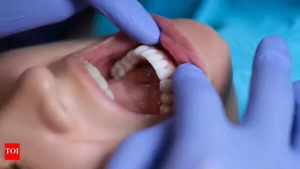 Oral Cancer: Know the Warning Signs, Risk Factors, and Why Early Detection is Key to Survival
Oral Cancer: Know the Warning Signs, Risk Factors, and Why Early Detection is Key to Survival
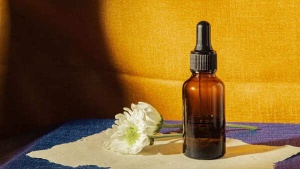 Hair Oil vs. Serum: Which Elixir is Right for Your Hair Type? A Comprehensive Guide
Hair Oil vs. Serum: Which Elixir is Right for Your Hair Type? A Comprehensive Guide
 Blackcaps and White Ferns Face Packed Home Summer Against Cricket Heavyweights
Blackcaps and White Ferns Face Packed Home Summer Against Cricket Heavyweights
 Gambhir Defends India's Tailenders After Headingley Collapse; Cites Dropped Catches as Key Factor in Test Loss
Gambhir Defends India's Tailenders After Headingley Collapse; Cites Dropped Catches as Key Factor in Test Loss
 England Captain Stokes Lauds Duckett and Crawley for Blistering Start in Record Chase Against India
England Captain Stokes Lauds Duckett and Crawley for Blistering Start in Record Chase Against India